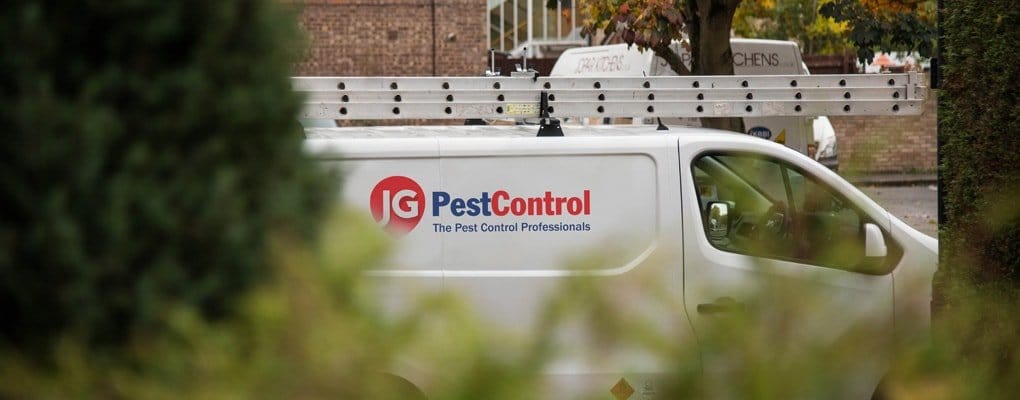Everything you need to know about spiders
For many people, spiders are the worst possible insect that could infest their home. Considering the way they move and look to the (largely unfounded) possibility that their bite could be venomous, this is understandable. However, though all UK spiders are harmless to humans, their bites can be nasty and it’s important to be able to both identify the different species and recognise the cases that require treatment.
Types of spider

False Widow Spider
Sightings of the false widow are on the rise – those who see it often mistake it for a black widow, which is considered far more dangerous. False widows look threatening and their bite can be a source of significant pain and irritation (though it is generally non-fatal). Up to 14mm long with dark brown with abdomen markings that resemble those on the black widow.

Giant House Spider
Giant house spiders are commonly found throughout the UK and prefer to run (it is often first noticed running across the floor with a top speed of about 1.7 feet per second) than bite, though their venom is harmless to humans. It is mainly dark brown with visibly hair legs, and females can reach sizes of around 18mm.

Missing Sector Orb Weaver Spider
Relatively small and unthreatening, missing sector orb weavers are yellowish-brown in colour with a bulbous abdomen which bears a leaf-like marking. It is most often found sitting in its web, and can therefore be easily removed.

Zebra Jumping Spider
Zebra jumping spiders have the same black and white stripes as zebras and are also distinguishable by their eight large eyes (which are visible to the naked human eye). They only grow up to 9mm long but have been known to attack prey three times larger than themselves. They don’t spin webs, so will probably be found on the floor.

Daddy Longlegs Spider
Daddy longlegs spiders (not to be confused with other insects) have relatively small bodies and legs that can be up to 50mm in length. They are non-aggressive and easy to remove if required.

Cupboard Spider
Cupboard spiders are closely related to false widows – they are about the same size but have deeper black colouring and a rounder body. Like false widows, they are harmless, though their bite may be slightly painful for a while.

Brazilian Wandering Spider
The Brazilian Wandering Spider is not native to the UK and is one of the most venomous spiders in the world. It is important that you don’t attempt to deal with it yourself.

When do spiders enter homes?
Without actually seeing them, the most obvious sign of a spider living in your home is the web that it makes to catch its prey. Webs are mainly found in the upper corners of rooms, but can be lower down if the spider finds two suitable structures that won’t be disturbed to spin the web between.
The presence of one or two webs will generally not indicate an infestation, but if you continually find multiple webs, this may mean that you have a problem. Ensure you clear webs wherever you find them so there is no encouragement for more spiders to enter your home.
Signs of spiders
Spiders can enter the home throughout the year, but the most common time to find them indoors is in the autumn. As the temperatures begin to cool, they seek warm shelter, which buildings provide. Males die with the onset of winter, which means that they increase their efforts to mate during this time – the giant house spiders you see running across the floor are usually looking for females.

Difference between Daddy Longlegs’, Crane Flies and Spiders


One of the common confusions previously touched on is the misidentification of the daddy longlegs or harvestman, which is a member of the opiliones order, not the arachnid order. Though it has eight legs, it also has a fused body and only two eyes which are visible to us, and can therefore be comfortably ruled out.
Crane flies (which are also sometimes known as daddy longlegs’) are also sometimes mistaken for spiders, but as they usually have wings this mistake is easily rectified – though spiders can do much to scare humans, no species that we know of has the ability to fly.







